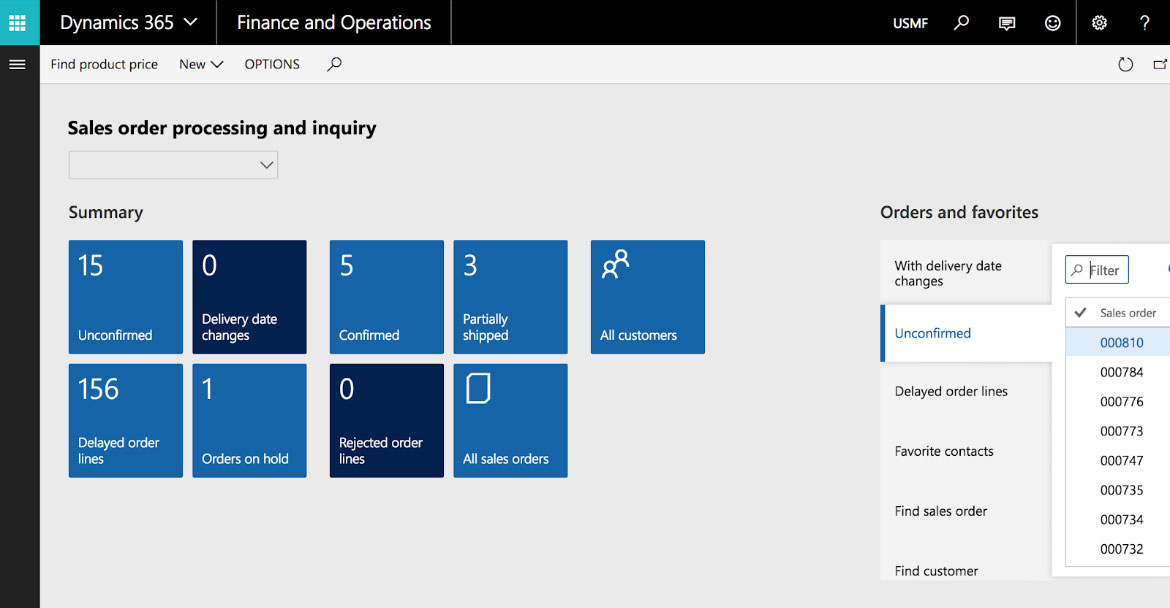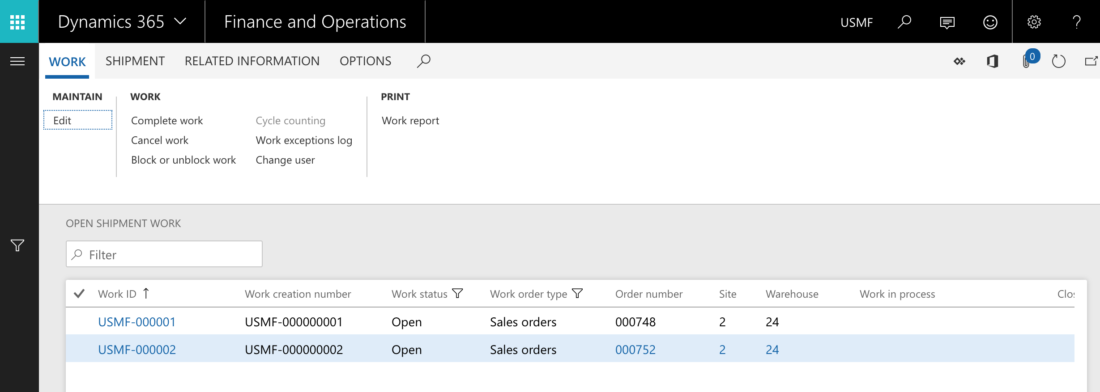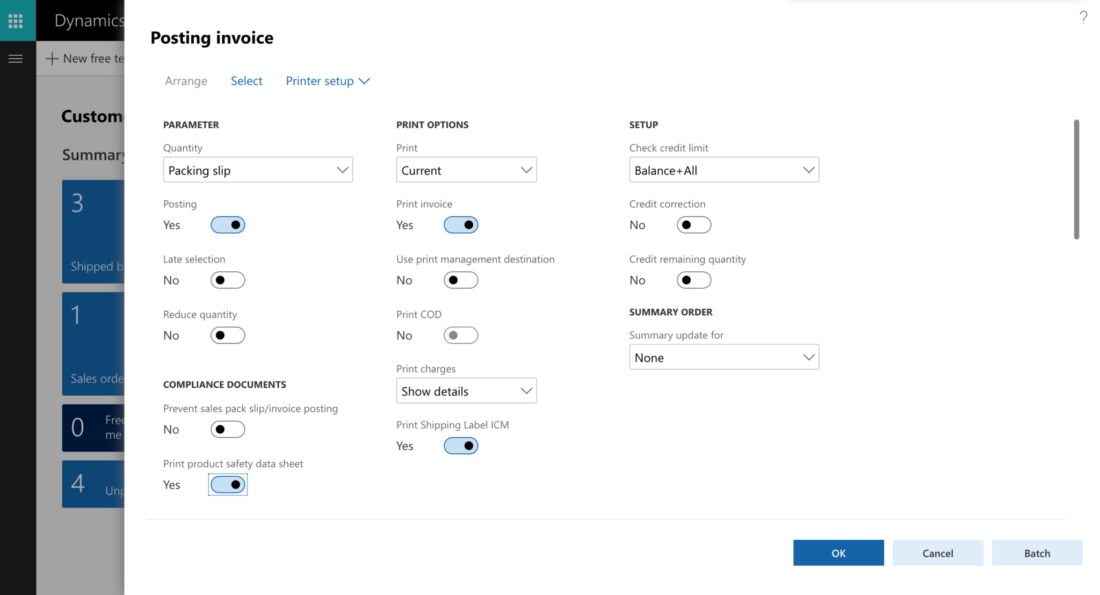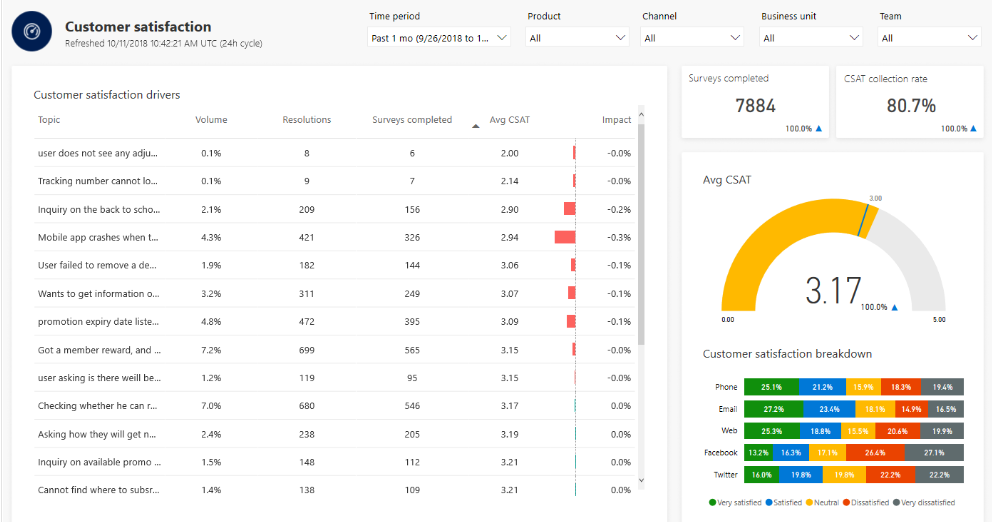Introduction
COVID-19 continues to test supply chain and manufacturing operations around the world. More than 18 months after exploding onto the scene, companies still have their hands full dealing with ill workers, limited working hours and uncertain supply chains. Businesses are evaluating how to improve efficiency, lower costs and increase operational performance. The immediate question on everyone’s mind is, “how are we coming out of this crisis?”
While employee safety is a top priority during this pandemic, mitigating the impact on the day-to-day operations is crucial to business leaders. CEOs and CFOs are facing the unprecedented challenge of pivoting product demands and preserving growing cash flow. Implementing a “do more with less” attitude while gaining a few quick wins in the process can build the momentum needed to keep companies moving forward.
Figure: 1 The Ecosystem of an Integrated Supply Chain

Pivoting the Plan
The role of the chief information officer (CIO) is critical in risk mitigation strategies. They can draft a plan to determine how the COVID crisis is affecting the company infrastructure short term. The plan must keep operations running smoothly while acknowledging that long term projects and roadmap budgets are affected.
One example is switching employees to remote work while maintaining operations. Software tools like Microsoft Teams and Skype let companies communicate with far-flung workers and managers while the interfaces similar to those in Office 365 programs eases the transition.
Keeping the Lines Open
Not all production and distribution employees work from home even when social distancing and masking restrictions limit face-to-face contact. Many workers are considered essential, causing some factories to switch from a single shift to running 24/7. These facilities are adding shifts and ramping up capacity, working hard to keep warehouses stocked with raw materials and finished products.
Since computer software and machines are now working longer hours, the companies that support them must do the same or risk losing clients.
Figue: 2 Microsoft Power Platform: An Integrated Solution

As companies move back and forth between remote and in-person workers, having the right tools in place can help boost communication between production plants and supporting vendors. One example of an effective toolbox is the Microsoft Power Platform. This “low-code, no-code” platform can be installed and running in a matter of hours to generate a quick win. A no-code solution is valuable when needing to make quick decisions while maintaining critical operations.
65%
of all app development will be low code by 2024
Source: Gartner
Get a consultation to learn how to make your daily operations agile using the Power Platform.
PowerApps are a suite of apps, services, connectors and data platforms providing a rapid application development environment, Microsoft states. “Using Power Apps, you can quickly build custom business apps that connect to your business data stored either in the underlying platform or in various online and on-premises data sources, such as SharePoint, Dynamics 365, Microsoft 365, SQL Server, etc.”
Using custom-built apps connected to internet of things (IoT)-enabled devices, workers gain access and insights into machines that may be headed for trouble. Staff is alerted before shutdowns are required. This lets technicians replace worn parts before production unexpectedly stops.
Power Apps can connect to hundreds of business systems and databases. They make it easy to connect workers with the existing processes and data while working through Microsoft Outlook to keep key staff informed.
Power App benefits include:
1.Greater development agility Automate and simplify repetitive, time-consuming processes to launch faster while reducing errors.
2.Speed and savings Reduce time and cost building web and mobile applications, enabling companies to work through their development project list.
3.Achieve more while doing less Some Power Apps are fully functional out of the box. They have data presets using standard business logic and rules making them fully customizable to individual business needs.
Meeting the Demand
Before the coronavirus, businesses made supply chain forecasts based on the then normal business operations. Now, though, many firms are switching to a demand planning model.
Executives are continually evaluating sales and budget plans. Power Apps let them do it faster. For example, the sales and operations teams can hold “what-if analysis” scenario planning sessions. Using a consumption-driven model boosted by industry and customer knowledge, companies can lower their risk. Similar methods let major carmakers quickly switch their production lines from automotive parts to building ventilators for critical hospital patients and then move back to normal operations when the situation changed.
One such app is Microsoft Power Automate. It automates tedious manual analytic processes when quick decisions are required. Automate provides a creative, cost-effective strategy for businesses to connect their existing legacy systems.
An example is activating workflows for approvals in a matter of hours instead of days.
As workforces become a hybrid of remote and on-site team members, Power Automate can reduce the time spent tracking down approvals and keep things moving.
When companies combine a smaller, leaner workforce with greater demands and less time and then add more government regulations, they increase pressure on managers to make the right decisions quickly or risk falling out of compliance.
Another essential Microsoft Power Platform app is Power Bi, which “bridges the gap between data and decision making.”
The business analytics service delivers insights helping business leaders make fast, informed decisions now and when developing future emergency response plans.
Power Bi:
- Transforms data into stunning visuals for sharing to any device
- Exploring and analyzing data in one view
- Permits sharing customized dashboards and interactive reports
Staying Ahead
In addition to machine maintenance, following federal and state coronavirus guidelines is critical to keeping operations running and employees safe. The Power Platform has several new tools with the pandemic and other emergencies in mind.
- Crisis Communication- A sample Microsoft Power App taking 20-25 minutes to set up, Crisis Communications combines Microsoft Power Automate, Microsoft Teams and SharePoint. It lets companies coordinate information sharing and team collaboration under evolving conditions. Employees can report work status and make requests. System administrators can use the app to push updates and news including web-based really simple syndication (RSS) feeds from the World Health Organization (WHO), The Centers for Disease Control and Prevention (CDC), local authorities or emergency contacts. The information can go to different locations that are accessible on the web, mobile or in Teams.
- Power Virtual Agents Crisis Response Bot- The Power Virtual Agents team released instructions to build a Virtual Agent Crisis Response FAQ Bot. The no-code program helps staff get company-specific information they need quickly using a question and answer interface you can embed on your company website.
Power Apps Drives Business Transformation
A recent Forrester Consulting study shows how businesses reduced development costs and increased overall efficiency using Power Apps. Results are for a composite organization based on interviewed customers.
The Total Economic Impact of Power Apps study, March 2020 states:
- 188% return on investment over three years
- 74% reduction in app development costs
- A savings of $4.9 million in application development and management cots
- Replacing two external applications with a single Power App saved $742,449
Summary
No one knows how long the coronavirus crisis will last. Taking the time to plan how to function in these uncertain times is essential. Using software tools like the Microsoft Power Platform and its many apps will help companies continue to operate in rapidly changing conditions.

















































